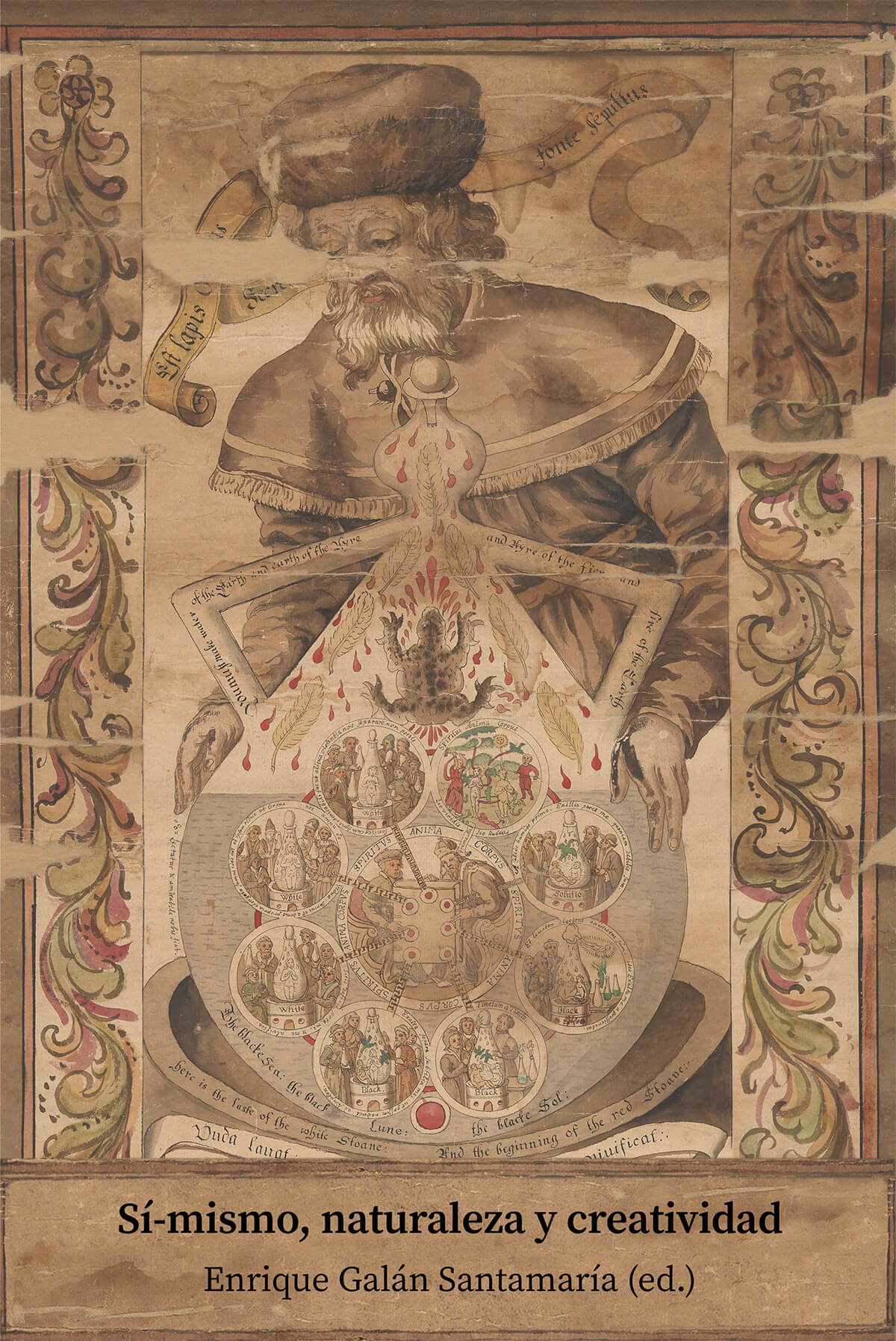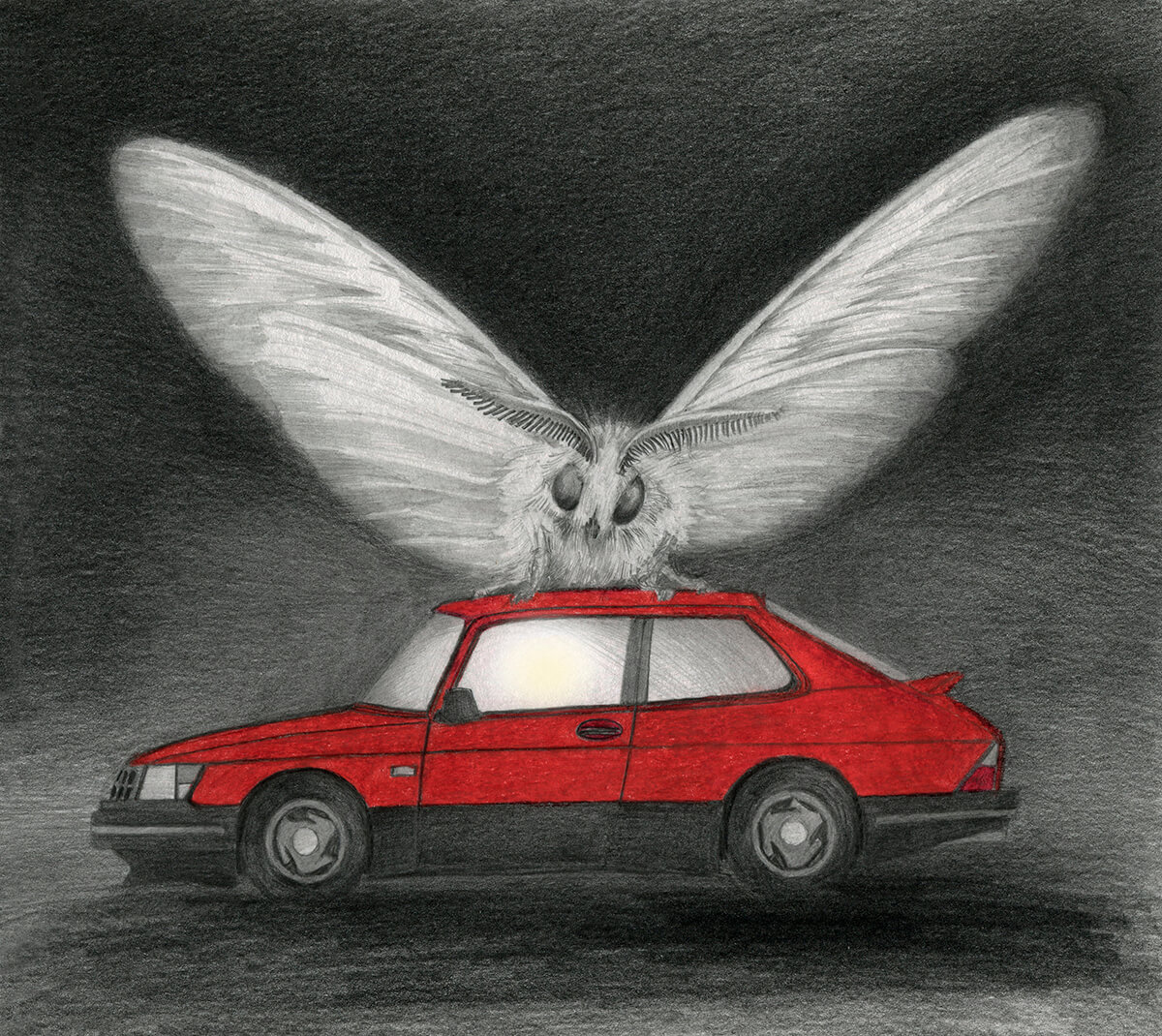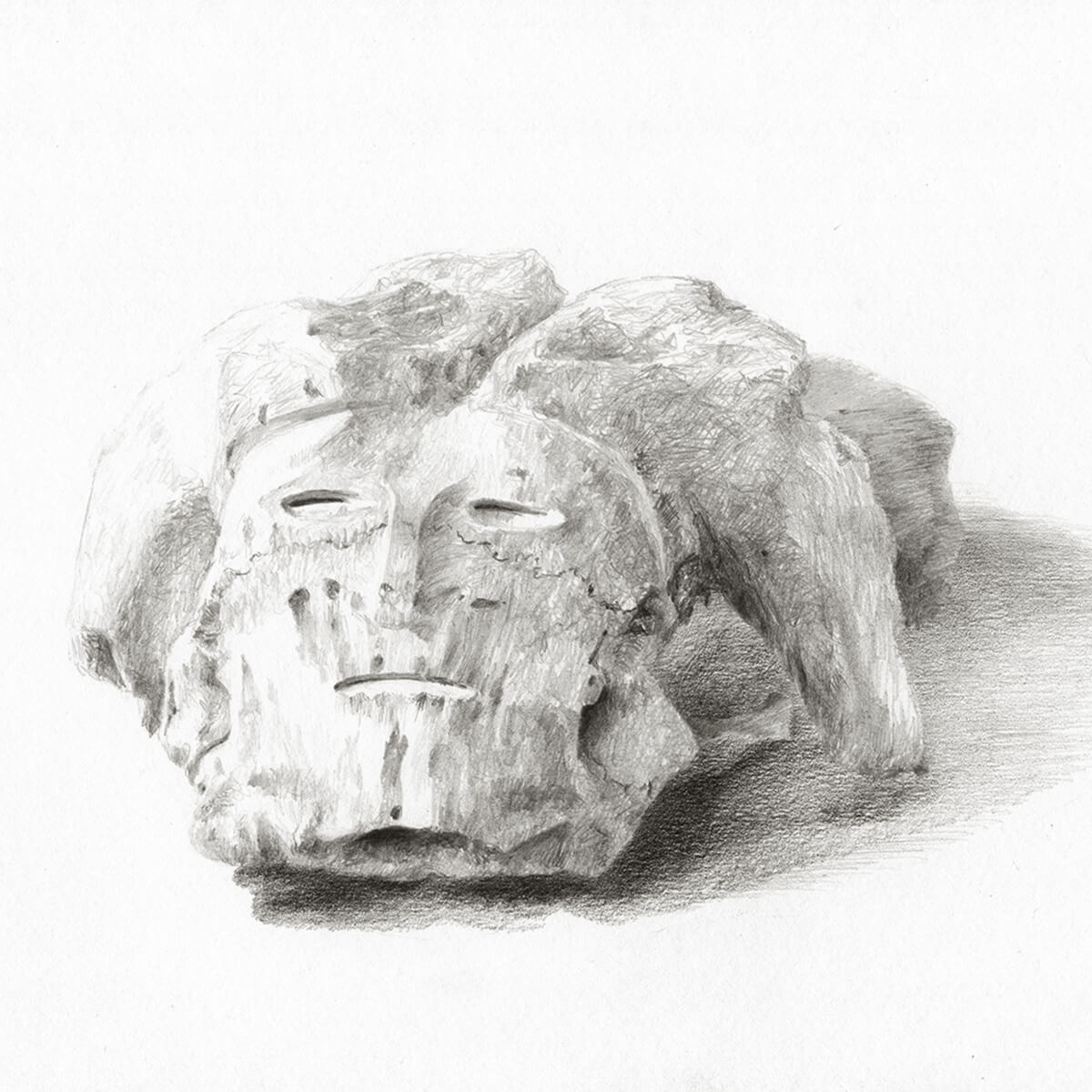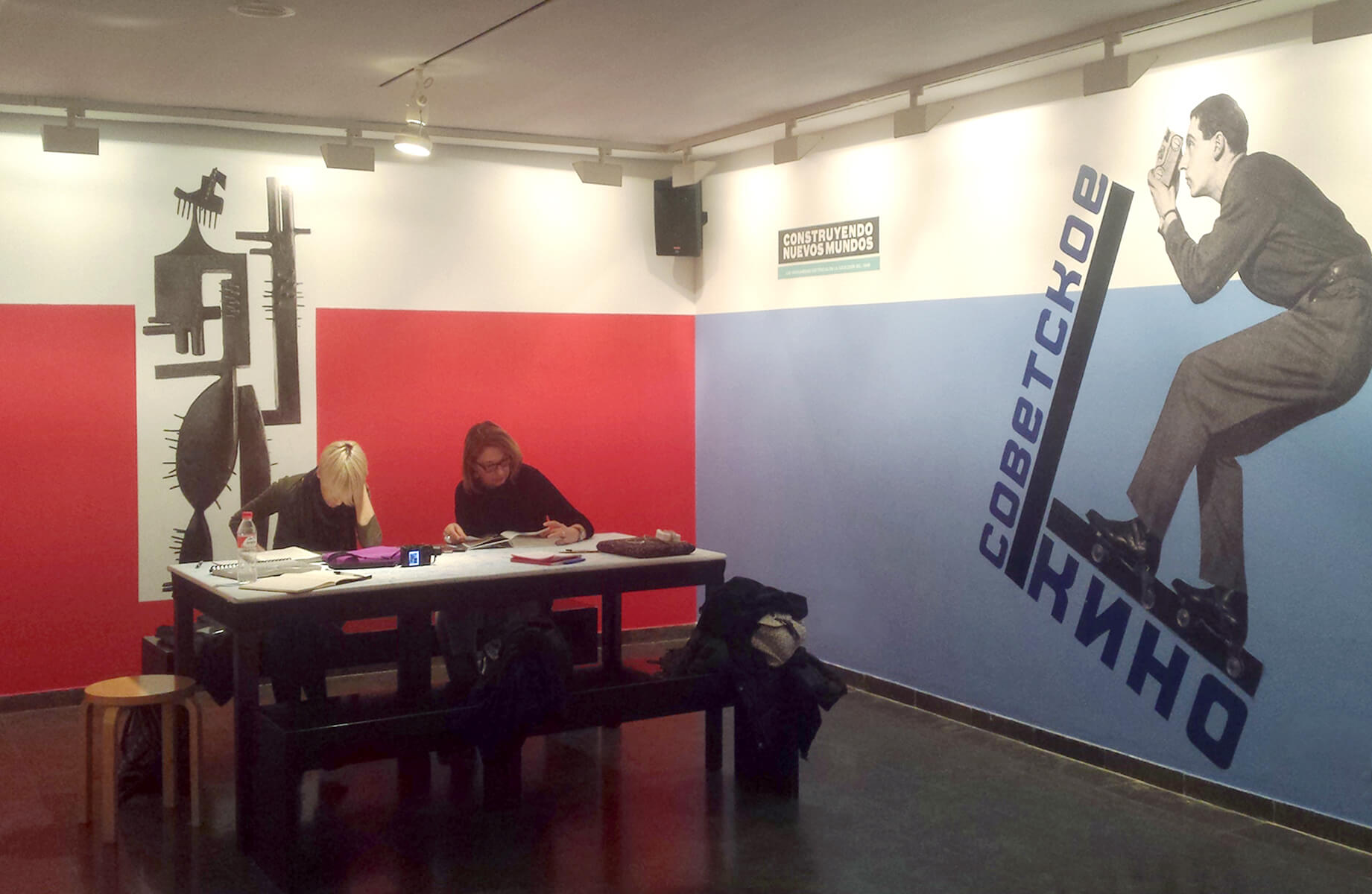Chapter 3 from the book: Sí-mismo, naturaleza y creatividad [The Self, Nature and Creativity] (2020) published by Fundación CITAP and edited by Enrique Galán. I presented a first version of this article at the I Jungian Conference organized by the International Society for the Development of Jungian Psychoanalysis (SIDPaJ) in Pamplona, in March 2019.
Abstract
This essay explores the connection between the symbol of the tree and the concept of the self as formulated by C. G. Jung. The self, which includes the entire personality of a human being, has been expressed since the beginning of time through a great variety of symbols, including the multiple representations of the divine in worldwide cultures. However, it can also be evoked through “common” symbols such as a stone or a tree.
The symbol of the tree, with its similar network of branches and roots, and its trunk that reaches up to one hundred meters in height, evokes a constellation of opposites: father-sky/mother-earth, eagle/snake, eternity/cyclical time, consciousness/the unconscious, etc. But the tree is not only evocative of a duality: it also points towards a quaternity, for its symbolism connects with the idea of circularity. Thus, in the Judea-Christian myth, the tree of the knowledge of good and evil that is linked to the fall of the human being is also what allows his redemption, since the cross of Christ is made from this same tree. In this symbolic operation, the human being who is initially “like a child” is pushed towards his individuation process, that is, towards the full development of his individuality. Thus, the tree is found both at the beginning and at the end of this myth, for it is both cause and solution. Jung expressed this circular process of evolution through the figure of the rotundum, where a circumambulation through four times four centers is necessary, and where the superior position that is reached on each occasion is higher than the initial one, thanks to the passage through the lower phases, which connect us with the shadow.
The powerful capacity that the tree has to evoke something as essential as the self is what makes it central in so many myths, were it can be perceived as the source of absolute knowledge, the axis of the universe, the secret of renewal, the source of fertility, etc. In a World where the rate of deforestation is heartbreaking (10 million hectares per year between 2015 and 2020 —Source: FAO (https://www.fao.org/state-of-forests/2020/en/), it seems essential to recover the tree’s numinous quality.
To carry out this research, I have amplified the symbols related to the main parts of a tree, namely: the branches, the roots and the trunk, establishing correspondences between the Norse tradition and the worldview of ancient Egypt. I have also drawn on the Christian myth, classical mythology, Gnostic philosophy and alchemy. Finally, I have interwoven these different threads with Jung’s concept of the self.
Vandendorpe, July 2020




0 Comments